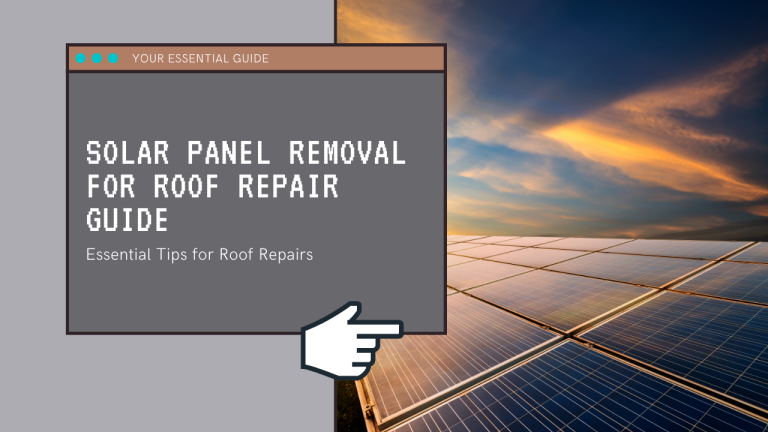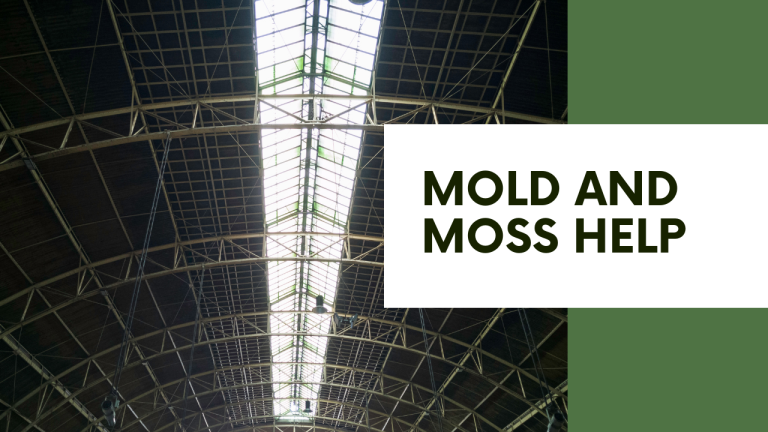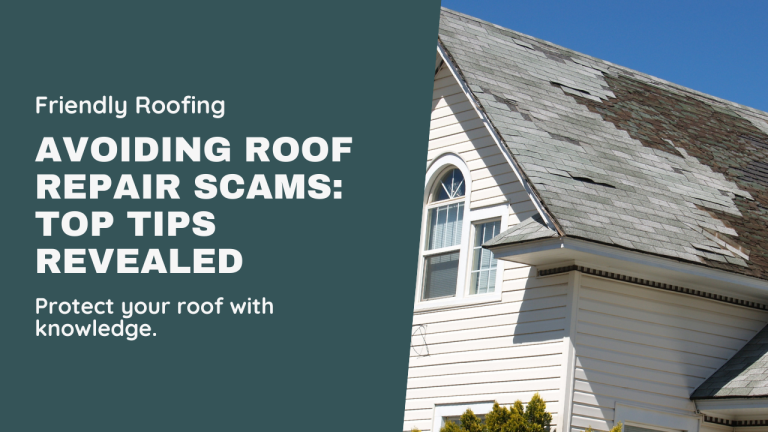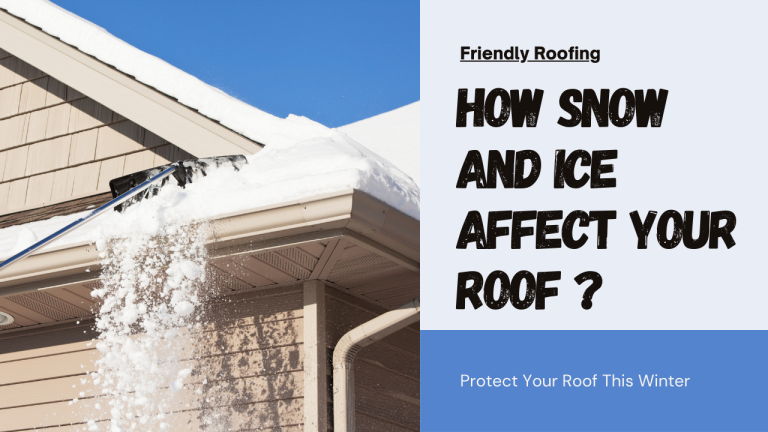Maintaining a roof is crucial to the longevity and integrity of any home, as the roof protects the structure from environmental elements. Metal roofs, in particular, have gained popularity due to their durability, longevity, and energy efficiency. However, like any roofing material, metal roofs can encounter issues over time, necessitating repairs. While hiring a professional is always an option, the growing trend of DIY metal roof repair presents an intriguing alternative.
This article will explore the pros and cons of DIY metal roof repair, helping you decide whether this approach is suitable for your needs.
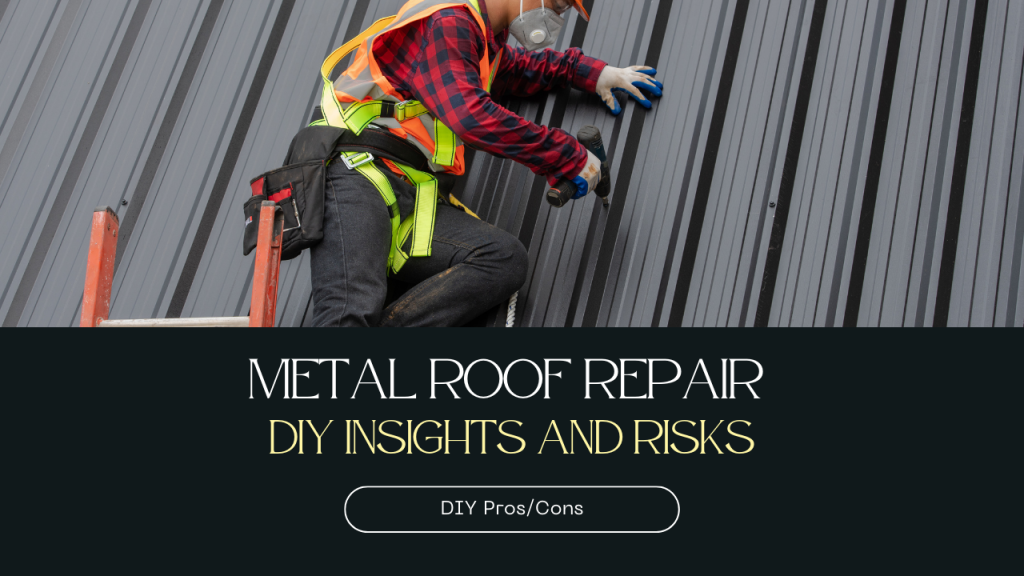
Understanding Metal Roofs
Types of Metal Roofs
Before diving into the pros and cons of DIY metal roof repair, it’s essential to understand the different types of metal roofs available. Each type has its characteristics and may require different repair approaches. Standing seam metal roofs feature long, vertical panels with seams that stand above the flat surface. The seams are usually hidden, giving the roof a sleek appearance. They are known for their durability and weather resistance. Corrugated metal panels are wavy or rippled sheets of metal commonly used in agricultural and industrial buildings. They are less expensive than standing seam roofs but still offer excellent durability and weather resistance. Metal shingles mimic the appearance of traditional shingles but are made of metal. They offer the aesthetic appeal of shingles with the added benefits of metal roofing.
Common Issues with Metal Roofs
Despite their durability, metal roofs can face several common issues over time. Leaks can develop due to improper installation, damaged flashing, or punctures. These leaks can lead to water damage and must be addressed promptly. Over time, metal roofs can rust and corrode, especially if the protective coatings wear off. Rust can weaken the roof and cause leaks. Panels can become loose due to high winds or improper installation. Damaged panels can compromise the roof’s integrity and should be repaired or replaced.
Advantages of DIY Metal Roof Repair
Cost Savings
One of the primary motivations for homeowners to attempt DIY metal roof repair is cost savings. Hiring a professional roofing contractor can be expensive, with labor costs often making up a significant portion of the bill. By doing the repairs yourself, you can save on these labor costs and potentially reduce the overall expense of the project. On average, professional metal roof repairs can range from $300 to $1,500 or more, depending on the extent of the damage. In contrast, DIY repairs might only cost you the price of materials and tools, which could be a fraction of the cost. By sourcing materials yourself and performing the labor, you avoid the markup that contractors typically add to both.
Flexibility and Convenience
DIY metal roof repair offers flexibility and convenience, allowing you to work on your schedule and address issues as they arise. You can choose the most convenient times to perform repairs, which can be particularly beneficial if you have a busy schedule. Small problems, such as minor leaks or loose panels, can be addressed immediately, preventing them from becoming more significant issues that require extensive repairs.
Learning and Skill Development
Undertaking DIY metal roof repair provides an excellent opportunity to learn new skills and gain knowledge about roof maintenance. By researching and performing repairs, you become more familiar with the components and workings of your roof, which can be valuable for future maintenance. The skills and confidence gained from repairing your metal roof can be applied to other home improvement projects, fostering a sense of self-reliance and capability.
Satisfaction and Accomplishment
Successfully completing a DIY project can provide a significant sense of satisfaction and accomplishment. Seeing the results of your hard work and knowing that you have improved your home’s integrity can be incredibly rewarding. Successfully tackling a challenging task like roof repair can boost your confidence and reinforce your ability to handle other home maintenance tasks.
Disadvantages of DIY Metal Roof Repair
Risk of Injury
Working on a roof can be dangerous, and DIY metal roof repair comes with significant safety risks. The potential for falls, cuts from sharp metal edges, and other injuries is high when working on a roof. The risk increases with the roof’s pitch and height. To mitigate these risks, it’s essential to use proper safety equipment, such as harnesses, helmets, and non-slip shoes. However, even with these precautions, the danger remains substantial for inexperienced individuals.
Potential for Mistakes
Without professional expertise, DIY repairs may not always be executed correctly, leading to further issues. Professional roofers have the training and experience to identify and address problems effectively. DIYers may miss underlying issues or improperly perform repairs. Common mistakes include improper sealing, incorrect installation of panels, and failure to address underlying structural problems. These errors can lead to leaks, further damage, and increased repair costs in the future.
Time-Consuming
DIY metal roof repair can be time-consuming, requiring significant research and effort. Understanding the necessary steps, gathering materials, and executing the repair can take considerable time, especially for beginners. Weather conditions can impact your ability to work on the roof, causing delays and extending the time needed to complete the repair.
Quality of Repairs
The quality of DIY repairs may not match that of professional work, potentially impacting the longevity and performance of your roof. Professional roofers use specialized tools and techniques to ensure high-quality repairs. DIY repairs may lack the precision and durability that professionals can provide. Poor-quality repairs can shorten the lifespan of your roof, leading to more frequent and costly repairs in the future.
Warranty and Insurance Issues
DIY metal roof repair can complicate warranty and insurance coverage. Many roofing manufacturers require professional installation and repairs to maintain warranty coverage. DIY repairs may void these warranties, leaving you responsible for future issues. If your DIY repairs result in further damage or are not up to standard, insurance companies may deny claims for related issues, leaving you to cover the costs.
Preparation for DIY Metal Roof Repair
Safety Measures
Ensuring safety is paramount when undertaking DIY metal roof repair. Use harnesses, helmets, gloves, and non-slip shoes to protect yourself from falls and injuries. Ensure you have a stable ladder and scaffolding to access the roof safely. A sturdy, properly positioned ladder is crucial for safe roof access. Ensure it is on a flat surface and securely anchored.
Tools and Materials Needed
Having the right tools and materials is essential for successful DIY metal roof repair. Essential tools include metal shears, a rivet gun, a cordless drill, sealant, and a caulking gun. These tools will help you cut, fasten, and seal the metal panels effectively. Depending on the repair, you may need metal panels, screws, washers, sealant, and rust inhibitor. Ensure you have high-quality materials to ensure durability and effectiveness.
Learning Resources
Accessing reliable learning resources can enhance your ability to perform DIY metal roof repairs. Numerous online resources provide step-by-step guides and videos on metal roof repair. Websites like YouTube, DIY blogs, and roofing manufacturer websites can be valuable sources of information. Books and manuals on roofing and home repair can offer detailed instructions and tips for successful repairs. Consider investing in a comprehensive guide to metal roof maintenance. Local workshops and community classes on roofing and home repair can provide hands-on experience and guidance from experts. Check with local home improvement stores or community centers for available classes.
Step-by-Step Guide to Common DIY Metal Roof Repairs
Identifying the Problem
The first step in any repair is accurately identifying the issue. Conduct a thorough inspection of your roof, looking for signs of leaks, rust, loose panels, and other damage. Use binoculars for a close-up view and check the attic for water stains or other signs of leaks.
Minor Leak Repair
Addressing minor leaks promptly can prevent more significant issues. Before applying any repair materials, clean the area around the leak to ensure proper adhesion. Remove any debris, dirt, or rust. Use a high-quality roofing sealant or patching material to seal the leak. Apply it generously and smooth it out to ensure a watertight seal.
Replacing Damaged Panels
If a panel is severely damaged, replacing it may be necessary. Carefully remove the damaged panel by unscrewing the fasteners and lifting it off the roof. Be cautious not to damage adjacent panels. Cut the new panel to size, if necessary, and secure it in place using appropriate fasteners and sealant. Ensure the new panel is properly aligned with the existing roof to maintain the roof’s integrity.
Rust Treatment
Rust can weaken your metal roof and lead to leaks if not addressed promptly. Start by cleaning and sanding the rusted areas to remove any loose rust and debris. Apply a rust inhibitor to prevent further corrosion and then cover the treated area with a high-quality metal paint to protect it from the elements.
Securing Loose Panels
Loose panels can compromise the integrity of your roof and should be fixed promptly. Tighten any loose screws or bolts, and if necessary, add additional fasteners to secure the panels properly. Ensure that the panels are flush with the roof surface to prevent wind from getting underneath and causing further issues.
When to Call a Professional
Complex Repairs
While DIY metal roof repair can be effective for minor issues, complex repairs should be left to professionals. Structural damage, extensive rust, and significant leaks often require the expertise of a professional roofer to ensure proper repair and prevent further damage.
Safety Concerns
Roofs with steep pitches or unsafe working conditions can be hazardous for DIY repairs. If you are not confident in your ability to safely access and work on your roof, it is best to hire a professional who has the necessary safety equipment and experience.
Warranty Considerations
Many roofing manufacturers require professional repairs to maintain warranty coverage. If your roof is still under warranty, check the terms before attempting any DIY repairs. Hiring a professional may be necessary to avoid voiding your warranty.
Time Constraints
If you have time limitations or if the repair is urgent, DIY may not be feasible. Professional roofers can often complete repairs more quickly and efficiently, ensuring that your roof is fixed promptly.
Always Weigh The Pros and Cons When Thinking of DIY Metal Roof Repair
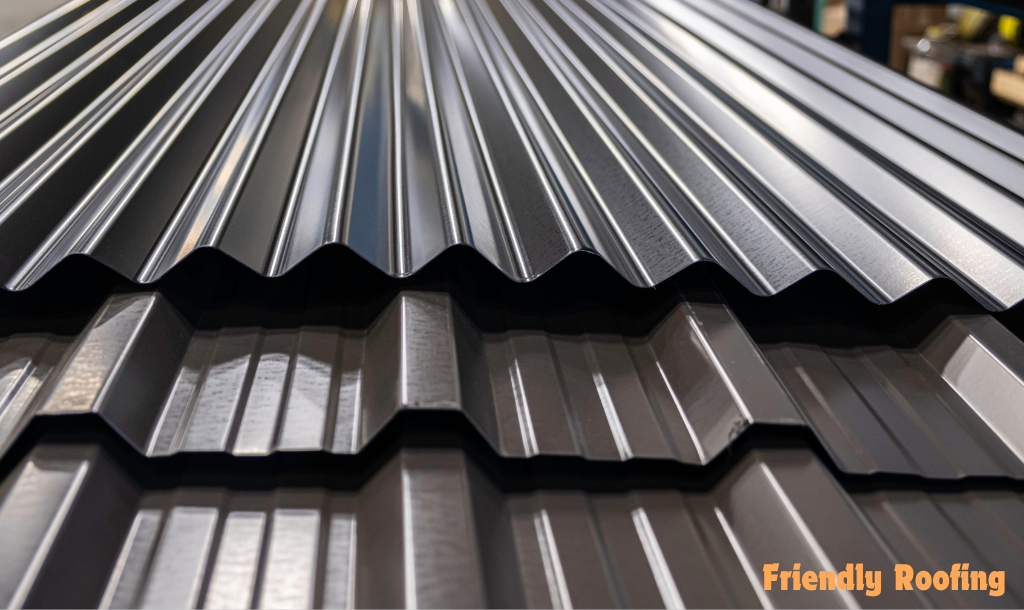
In conclusion, DIY metal roof repair offers both advantages and disadvantages. The potential for cost savings, flexibility, skill development, and satisfaction can make DIY an appealing option for many homeowners. However, the risks of injury, potential for mistakes, time commitment, and possible warranty and insurance complications must be carefully considered. Before attempting a DIY repair, ensure you are well-prepared with the necessary tools, materials, and knowledge. For complex or unsafe repairs, or if your roof is under warranty, hiring a professional is often the best course of action. Regular roof maintenance, whether DIY or professional, is crucial to prolonging the life of your metal roof and protecting your home from damage.

